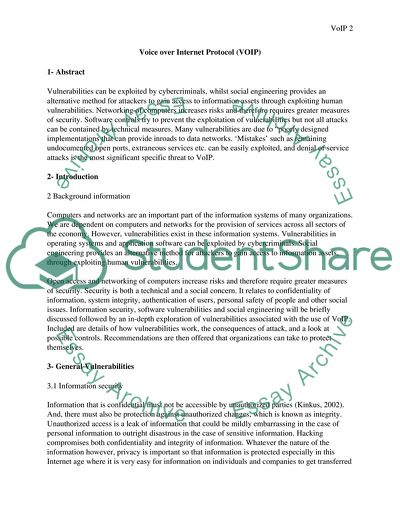Cite this document
(Voice over Internet Protocol: Security, Vulnerabilities and Research Paper, n.d.)
Voice over Internet Protocol: Security, Vulnerabilities and Research Paper. Retrieved from https://studentshare.org/information-technology/1724586-voice-over-internet-protocol-voip
Voice over Internet Protocol: Security, Vulnerabilities and Research Paper. Retrieved from https://studentshare.org/information-technology/1724586-voice-over-internet-protocol-voip
(Voice over Internet Protocol: Security, Vulnerabilities and Research Paper)
Voice over Internet Protocol: Security, Vulnerabilities and Research Paper. https://studentshare.org/information-technology/1724586-voice-over-internet-protocol-voip.
Voice over Internet Protocol: Security, Vulnerabilities and Research Paper. https://studentshare.org/information-technology/1724586-voice-over-internet-protocol-voip.
“Voice over Internet Protocol: Security, Vulnerabilities and Research Paper”. https://studentshare.org/information-technology/1724586-voice-over-internet-protocol-voip.


